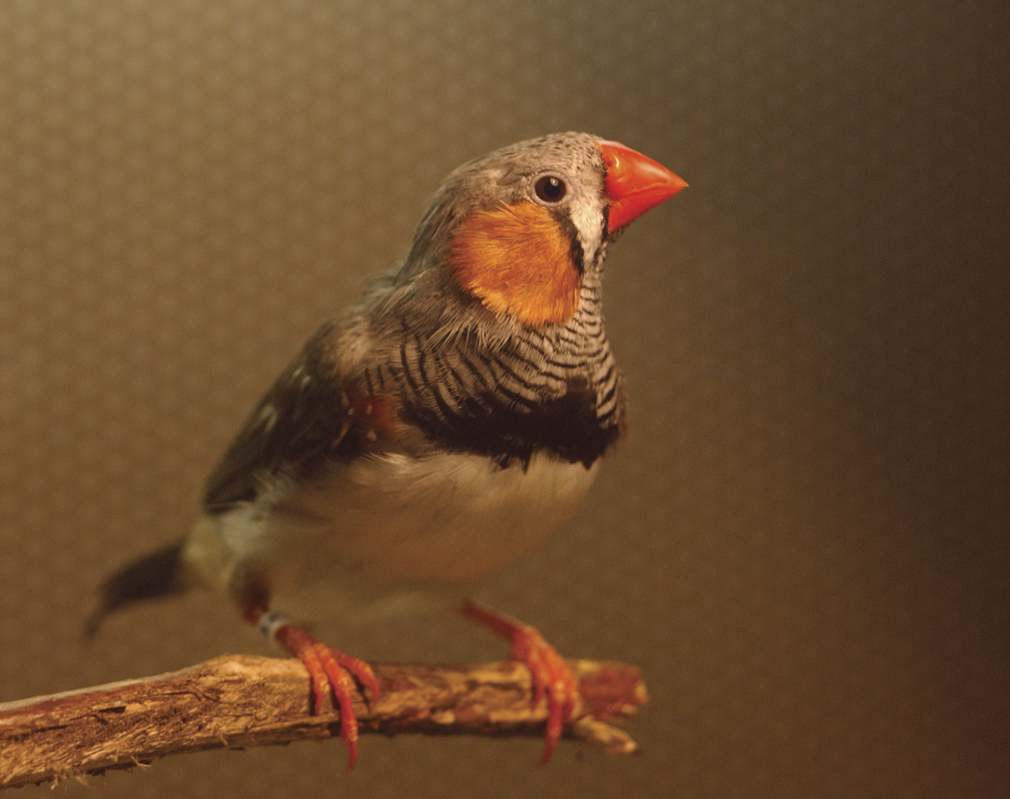Researchers unravel how birds learn new songs

Young zebra finches break down new songs into familiar chunks to memorise them before putting everything back in order at the end, Zurich researchers have found – a strategy that is also used by computer scientists to compare documents.
According to study leader Richard Hahnloser, a professor at the Institute of NeuroinformaticsExternal link, which is jointly led by the University of Zurich and the Swiss Federal Technology Institute ETH Zurich, the songbirds “have evolved the strategy of dividing a task as complex as learning a new song into easy-to-manage parts, [which] allows them to expand their repertoire with minimal effort”.
According to an ETH Zurich press release on Wednesday, the minimalist avian approach involves taking a “detour”, in which the birds took song syllables they already knew and then adapted them to unfamiliar syllables, without much regard for the overall syllable sequence. The newly learned syllables were then arranged into the correct order at the end of the learning process.
“Interestingly, the birds’ strategy closely resembles the best methods currently used in computer linguistics to compare documents,” said Hahnloser. Like the birds, document-comparing algorithms consider each word in context, but disregard their overall order. These algorithms can then compare millions of documents to identify which are most similar by determining how easily one can be adapted to another.
The scientists conducted their experiment with zebra finches that were less than one month old at the beginning (unlike adult birds, youngsters naturally adapt their songs to match those of their elders). The researchers played an unfamiliar song to the young birds on a daily basis, which the animals learned over the course of a month. Then, the researchers changed the song. They recorded all vocalisations made by the birds during this time, and analysed them using a computer.
“Today’s computer scientists therefore use the same strategy that songbirds evolved – the birds have probably been using it for millions of years,” Hahnloser concludes.
The results have been published in the journal Nature CommunicationsExternal link.

In compliance with the JTI standards
More: SWI swissinfo.ch certified by the Journalism Trust Initiative


You can find an overview of ongoing debates with our journalists here. Please join us!
If you want to start a conversation about a topic raised in this article or want to report factual errors, email us at english@swissinfo.ch.